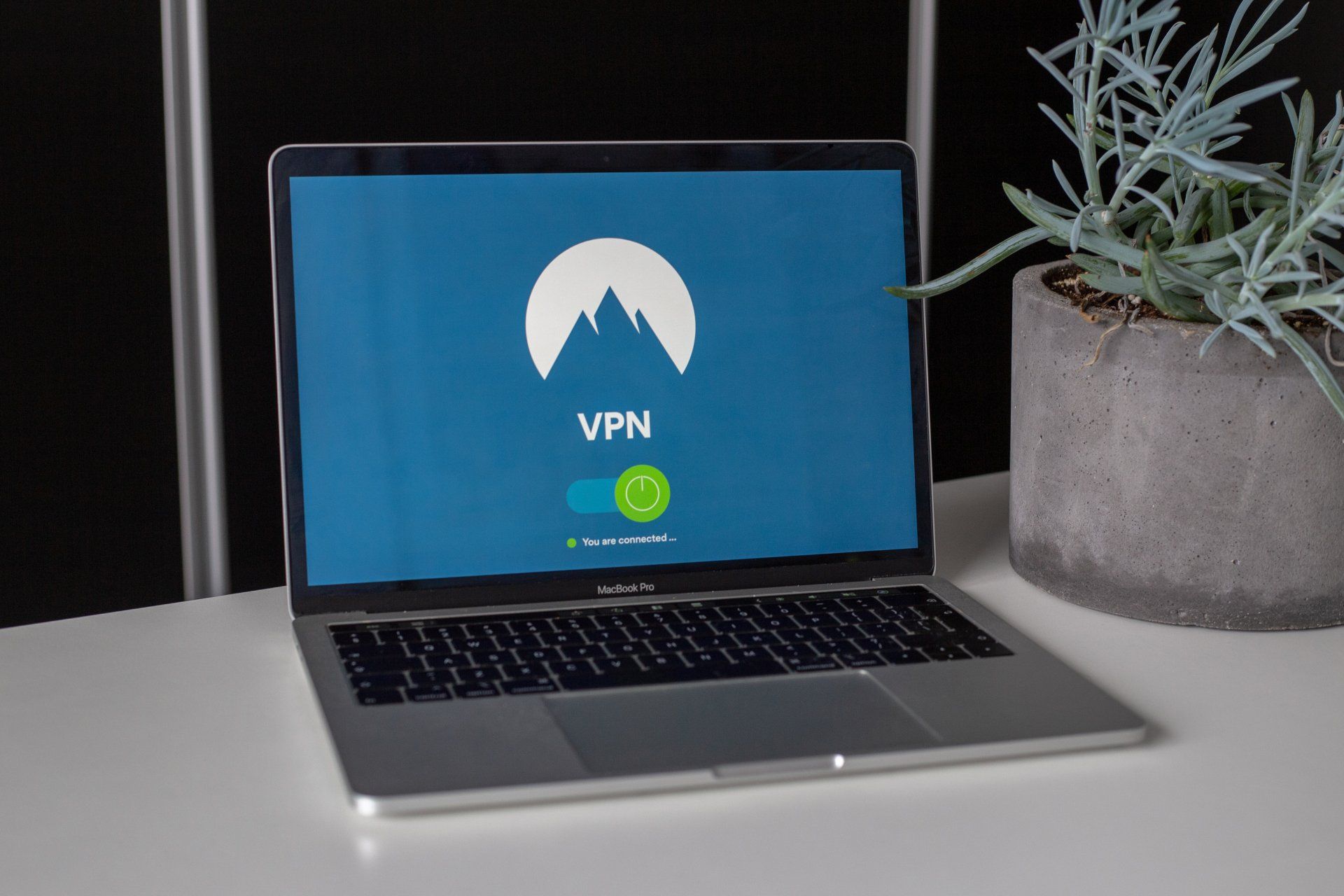Black Cat Ransomware
Black Cat Ransomware detection and response
BlackCat ransomware is typically inserted into a system through various methods, including:
• Malware-infected emails or website links: Victims are baited into clicking on malicious links or opening infected email attachments, which then rapidly spread the ransomware across the entire system.
• Exploiting vulnerabilities: Attackers may identify weak points in a system and break in via those vulnerabilities.
• Lateral movement: Once inside a network, BlackCat operators have been observed accessing other endpoints in the victims' network for lateral movement using remote control applications like RDP and MobaXterm.
• Use of other malware tools and exploits: Security teams should watch out for the presence of malware tools and exploits typically used in BlackCat attacks, such as Cobalt Strike, QBot, and BlackBasta.
Upon initial deployment, BlackCat disables security features within the victim's network so that it can exfiltrate information prior to execution. It then uses several batch and PowerShell scripts to proceed with its infection, such as "est.bat," which copies the ransomware to other locations, and "drag-and-drop-target.bat," which launches the ransomware executable for the MySQL Server.
To detect and protect against BlackCat ransomware on Windows servers, you can use various tools and commands. Here is a list of some methods and tools that can help you identify if your system has been attacked by BlackCat ransomware:
• Sysmon: Install Sysmon on your Windows server to monitor system activities and detect malicious behavior
Use the following command to install Sysmon with a configuration file:
.\Sysmon64.exe -accepteula -i sysmonconfig.xml
• Custom detection rules: Create custom detection rules to monitor for specific BlackCat ransomware activities, such as the use of PowerShell commands, batch scripts, and file creations.
• Endpoint security solutions: Use endpoint security solutions like Microsoft Defender for Endpoint to detect tools like Mimikatz, the actual BlackCat payload, and subsequent attacker behavior.
• Log analysis: Use log analysis tools like Logpoint or Wazuh to monitor your system for signs of BlackCat ransomware activities, such as process creation, file creation, and registry modifications.
• Network traffic monitoring: Monitor network traffic for indicators of compromise, such as unusual network traffic patterns or connections to known malicious IP addresses.
• SentinelOne Singularity XDR Platform: This platform can identify and stop malicious activities and items related to BlackCat ransomware.




